Passive Cooling Design
The Natural Way to Air Condition Your Home
With these hot, summer days upon us, Montanans use every opportunity to seek refuge in our state’s coolest natural environments—rivers and lakes, canyon bottoms, and higher mountain elevations where the air is crisp. Even standing in the shady canopy of a tree can feel significantly cooler than being directly in the sun’s intense rays. Returning to our homes, however, we often find ourselves sweltering until the cool night air finally finds its way indoors. Either that or we run energy-consumptive fans and air conditioners around the clock to improve the interior comfort.
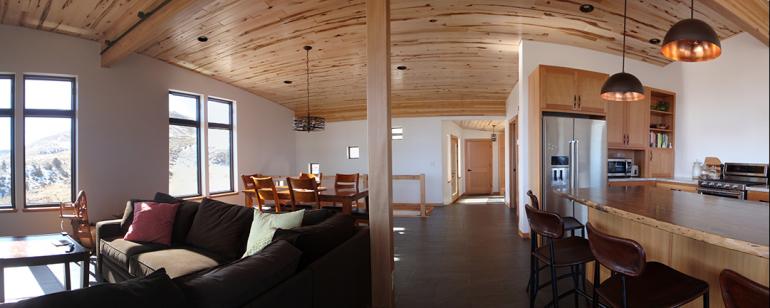
It doesn’t have to be that way though. In a house designed for passive cooling, you can return on hot summer days to an interior that naturally feels fresh, cool, and comfortable (reminding you of your favorite cooler outdoor escapes), but with little to no energy use. Passive cooling is a home design strategy that works by removing heat from a home through natural ventilation, and also preventing heat from entering the home in the first place through heat-gain prevention. This approach is called “passive” because it can require no special technological or mechanical devices, just smart design and quality home construction. Note, however, that varying degrees of energy-efficient mechanical systems can be integrated with passive cooling strategies to enhance the effects.
Smart Natural Ventilation Strategies
Natural ventilation is achieved through three strategies: cross ventilation, convection through stack effect, and Venturi effect. By utilizing a combination of these different passive strategies, a home can be cooled on both breezy and non-breezy days. In order to set up these effects within a home, windows are positioned low to the floor on the cool side of the building and high windows are positioned on the high-wall side of the building. Stack effect helps to cool the home on a non-breezy day. In this design, a natural vacuum is generated throughout the home when hot air rises and exits through the high windows, while fresh, cool air enters through the low windows. The air pressure differences due to hot and cold variations inside the building and outside the home create a natural cross breeze. This subtle air movement encourages evaporation of moisture on our skin and gives the sense of cooling—aka, natural air conditioning. Prevailing wind directions are also taken into effect to further pressurize the home, promoting a jet-like Venturi effect, which increases air flow rate within the home. This works when wind blows through or across a restricted area such as a small window.

We typically design homes with lower and higher walls, often achieved through singled-sloped shed roofs. The width of the building, an open floor plan (fewer inner walls), and proper window heights/types are critical aspects to consider when designing a home to be ventilated passively. Most conventional homes have wide footprints, flat 8 foot high ceilings without any height difference, and inner partitioned walls. These features trap heat within the house and inhibit cross ventilation, making the interior hot and stuffy in the summer. In addition, the windows are typically all at the same height, which doesn’t allow for stack effect to set up convective air flow. Heat trying to escape the home through open windows prevents cool breezes from entering. Even a gable-ended home with vaulted ceilings inhibits ventilation because the building shape does not allow for enough space for high operable windows on the gable ends. Hot air usually gets stuck in the ceiling peak.
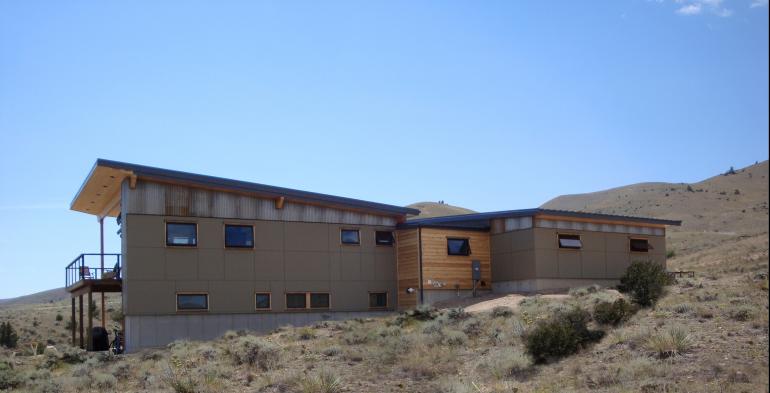
The Importance of a High-Performance Building Envelope
A “high-performance building envelope” (the materials and method used to construct a home) is the second component in passive cooling design and is used to prevent interior heat gain during the hotter months. This is done by constructing walls, roofs, and floors that are very well-sealed and insulated.
A high-performance building envelope not only prevents summer heat from entering the home, but also prevents heat loss in the colder months. This helps promote energy-efficiency within the building during all seasons.
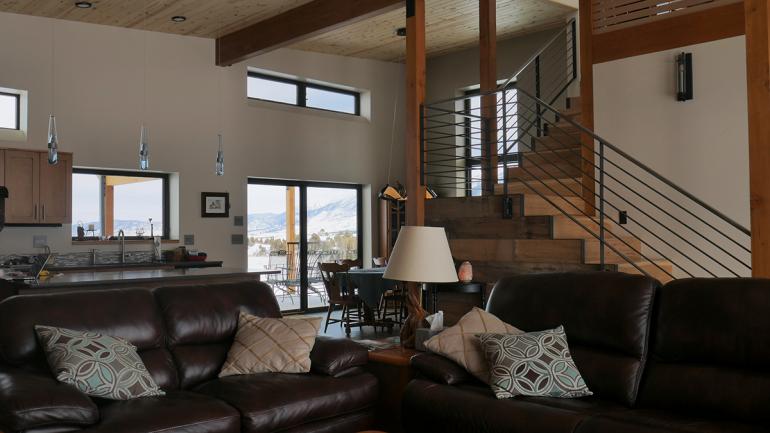
A well-sealed and insulated home does require an energy-efficient, mechanical air exchange system in order to introduce fresh air and prevent moisture build-up during the winter when opening windows would be counterintuitive. As an added benefit, the air exchange unit can also be utilized in the summer when poor air quality from smoky skies can sometimes prohibit occupants from opening windows for natural ventilation. The unit can be equipped to filter smoke particles, thus keeping a steady flow of fresh, clean air into the building year round.
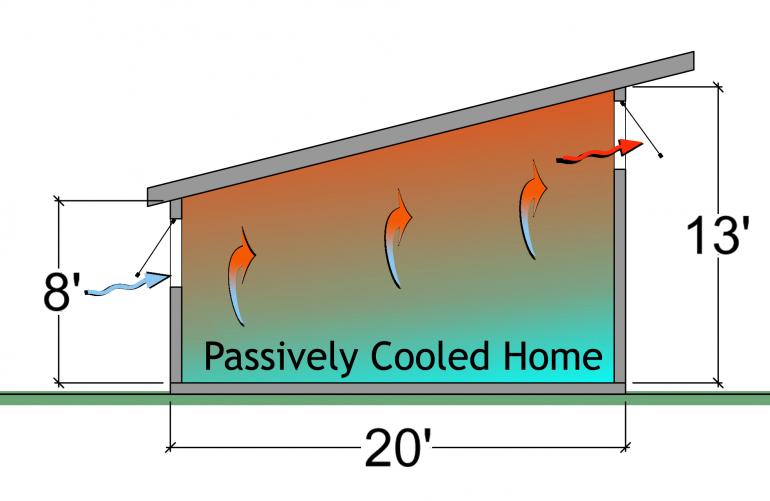
Passive Cooling Strategies Also Work for Passive Solar Heating
Designing a home to benefit from passive cooling can also be a perfect set-up for passive solar heating. In a nutshell, a passive solar home works as follows: The sun’s angle in the sky is lower during the winter than in the summer, allowing more sunlight to enter homes, particularly through south-facing windows. The sun’s natural energy (radiation) is captured and stored as heat in a mass source within the home, typically an insulated concrete slab floor. Over the course of a day, the mass is gradually heated by the sun, then throughout the day and cold nighttime hours, the thermal mass of the concrete floor slowly releases this heat, warming the interior spaces above it.
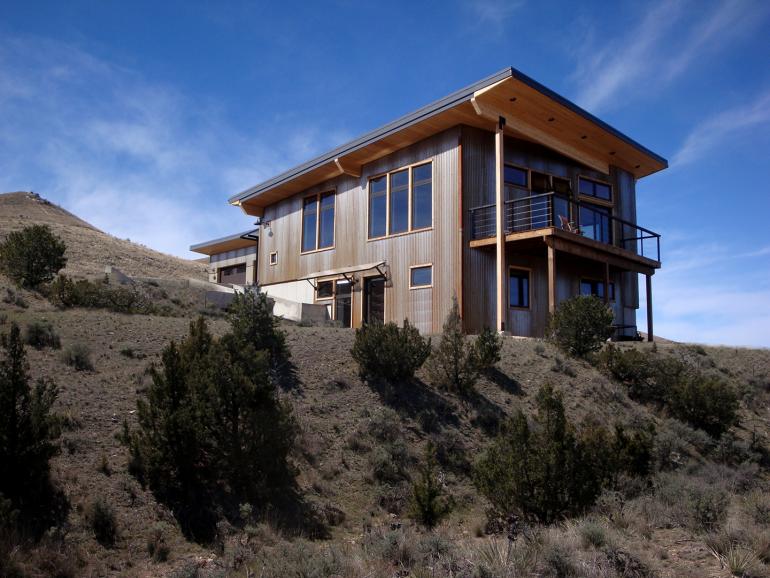
“Sun Smart” Hydronic Radiant Floor Heating & Cooling
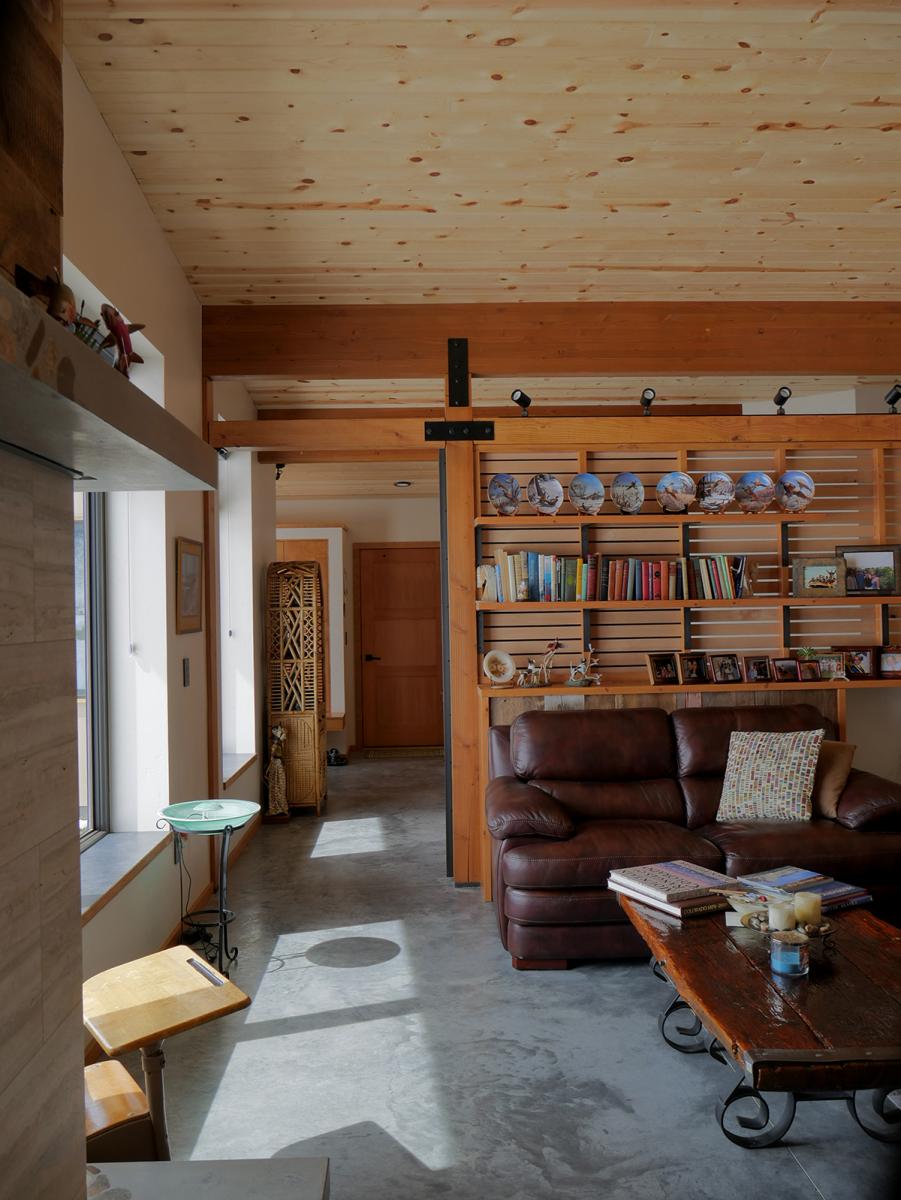
In a strategy we call “Sun Smart” heating, passive solar design is combined with hydronic radiant floor heating. Hydronic radiant heating operates by circulating warm fluid through loops of tubing in the floors of the building. With a Sun Smart approach, the sun’s energy passively heats the fluid within the tubing set in the concrete slab floor. This fluid is actively distributed throughout the home by a mechanical pump, resulting in a uniform and comfortable heat that radiates from the floor. During very cold nights and long stretches of cloudy days when the slab begins to lose heat, a thermostat set at a steady temperature ignites a back-up heating source run by a low energy “on demand” boiler or an air-to-water heat pump, keeping the slab at a consistent temperature. On cold, sunny days in the fall, winter, and spring when the slab collects passive solar heat, the back-up heating source turns off. Even on sunny days with temperatures as low as negative 20 F, the back-up heating system may not need to turn on!
Shades and Overhangs
In the summertime, the sun is higher in the sky. In a passive solar home, roof overhangs are designed to the correct depth on the south-facing façades, preventing sunlight from entering the home when heat retention is undesired. Additionally, insulative “top down bottom up” shades can be positioned at the lower portion of the window arrays to block unsought heat gain, yet not obstruct views. These shades and roof overhangs perform a similar function as a summer sunhat or, as mentioned earlier, standing beneath a shady tree.
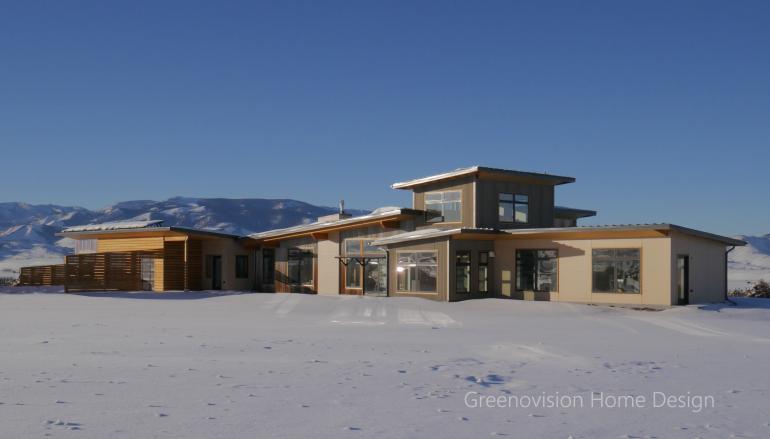
With thoughtful design, the same windows used to promote passive ventilation and cooling during the hotter months can also be utilized for passive solar heating strategies during the colder months. And the same roof overhangs that keep the home cooler in the summer by blocking unwanted solar radiation also allow solar energy to enter the home when desired in the winter. Furthermore, the air-to-water heat pump used to run the hydronic radiant floor heating system can also be programmed operate similarly as an air conditioner to efficiently cool the concrete slab floor in the summer. Just as the floor mass can be used to store heat, it can also be used to store cold. As you can see, passive cooling and passive solar design go hand in hand and can share many multifunctional purposes year round!
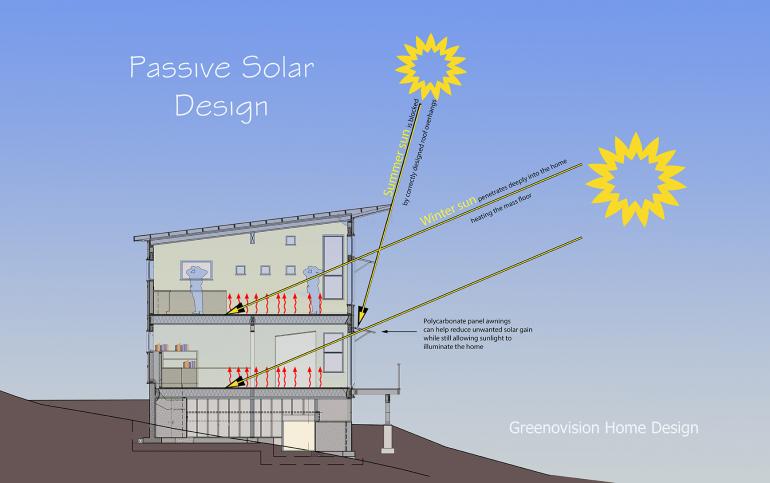
While these principles discussed are simple in theory, correct implementation is a complex process; incorrect design may result in a poorly functioning home. It is important to work with a trained home designer who is experienced in passive cooling and passive solar design and incorporates these strategies into your new home while it is still in the initial design phases. Whether you want to be prepared for the inevitable rising costs of fossil fuels, you desire to reduce your home’s carbon footprint and your contribution to climate change, or you simply yearn for a home that stays at a naturally comfortable temperature year round, passive cooling and solar design effectively address all of these concerns.
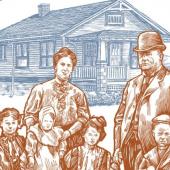

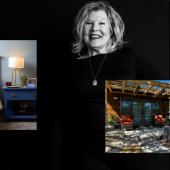




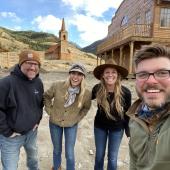



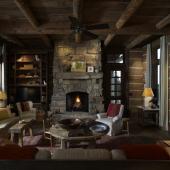
Leave a Comment Here